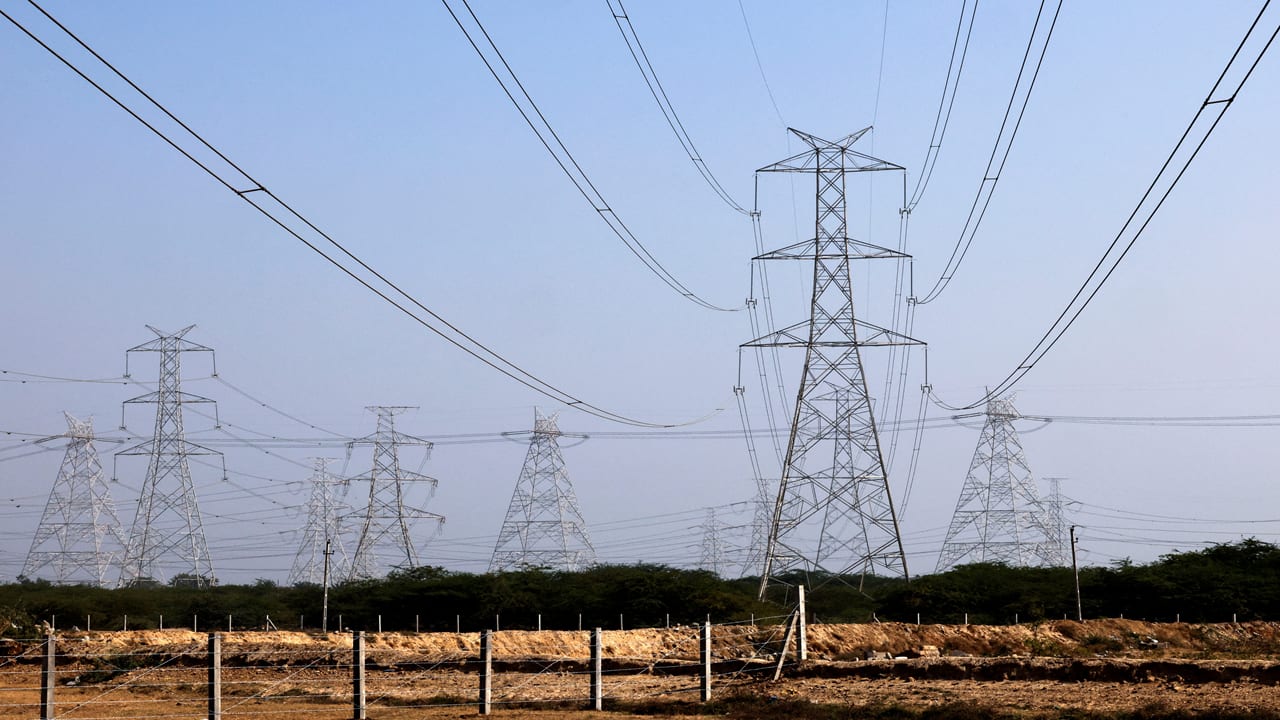
BUSINESS
OPINION | Electricity Amendment Bill 2025: A game changer for Indian manufacturing
For industry, the defining feature of India’s electricity framework has been the statutory need to cross-subsidise retail users. The draft bill proposes the undo this aspect, potentially transforming manufacturing by enhancing its global competitiveness

TECHNOLOGY
OPINION | The HIRE Act Hype: Why India’s IT advantage still holds
The proposed HIRE Act poses a political, not practical, threat to India’s IT sector. Real disruption stems from AI, not outsourcing bans, as economic logic still favors India’s cost advantage

BUSINESS
Economic Bullying: Why tariffs and sanctions hurt but don’t work
Tariffs and sanctions cause economic pain but rarely achieve political goals. They increase costs for consumers, strengthen adversaries' resolve, and often serve commercial, not strategic, interests
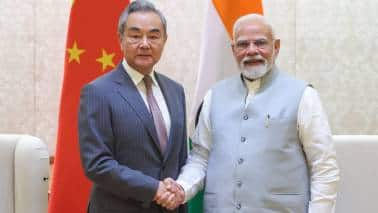
POLITICS
India needs a clear-eyed China policy that serves its own interest, not that of other powers
China’s foreign minister Wang Yi visited India this week, which led to an uptick in the bilateral relationship and the promise of enhanced trade and investment flows. It represents a prudent step as buying-in to the Western narrative of India as a counterweight to China comes with big risks that can undermine the country’s strategic autonomy

BUSINESS
China’s weaponisation of supply chains poses threat to India’s manufacturing ambitions
China’s export curbs aim to stall India’s manufacturing rise, but they could drive India to diversify supply chains, enhance domestic capacity, and forge global partnerships, strengthening its high-tech ecosystem

BUSINESS
Can India shield its solar market from ASEAN dumping?
India may benefit from US tariffs on ASEAN solar exports, but challenges remain due to US subsidy cuts, domestic push, and India’s reliance on Chinese polysilicon

BUSINESS
India-UK FTA sends the world a clear signal on possibilities
This agreement sets a benchmark for modern, ambitious trade deals. It signals India’s readiness to engage globally, showcasing its manufacturing prowess and services expertise.
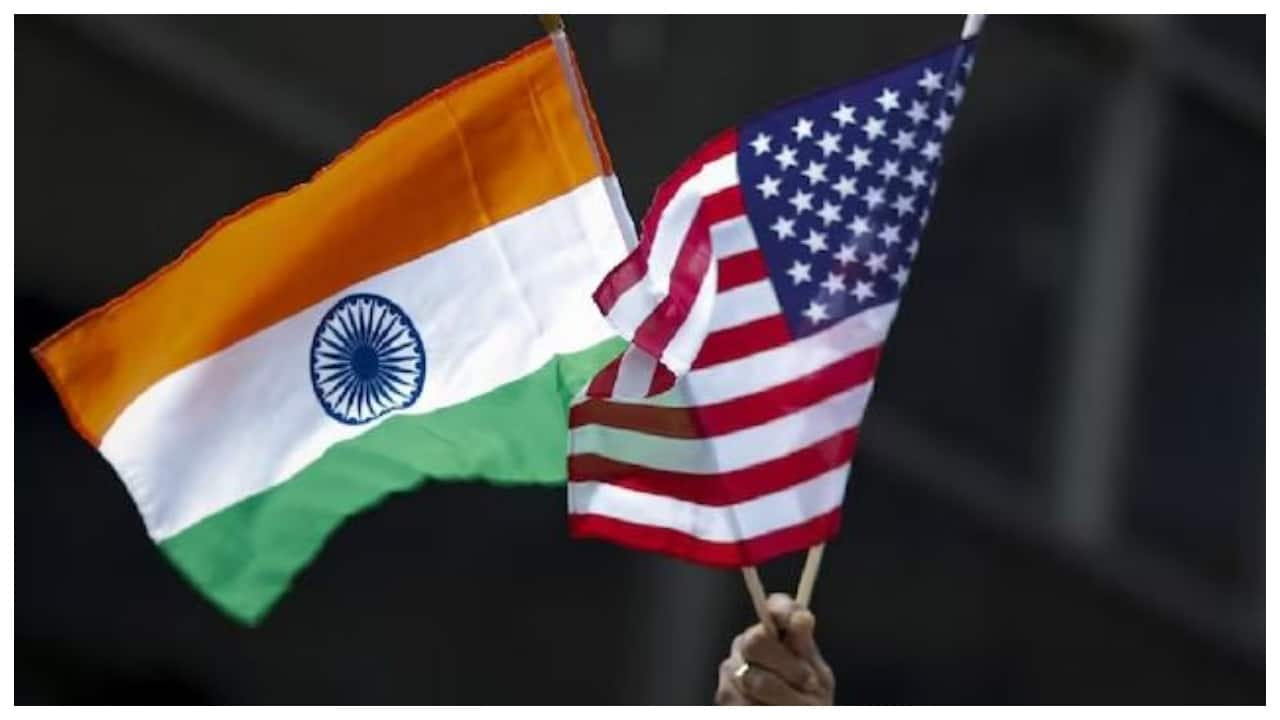
BUSINESS
Challenges and opportunities in the trade talks with the US
India needs to push back against attempts by the American negotiators to impose stringent rules of origin conditions to target Chinese inputs. Inputs from East Asia are critical to enhance export competitiveness of Indian firms. On automobiles and investment protection, India will gain if it doesn’t dig in its heels

TECHNOLOGY
Services exports are booming, and this is just the beginning
Policy focus is primarily on manufacturing and to lesser extent on IT/ITES. In terms of growth, it’s “other business services” which have outpaced traditional software exports. Dominated by small firms, the potential for further growth here is huge if government clears regulatory cholesterol
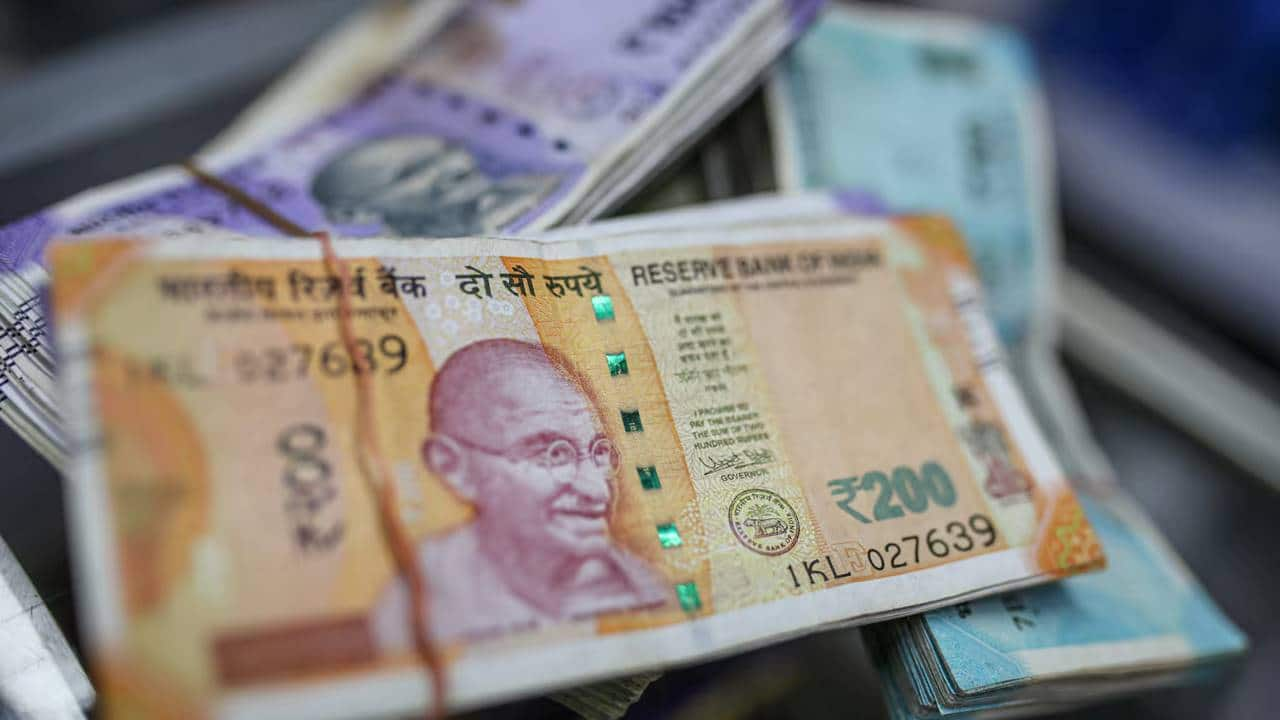
BUSINESS
Why is a weaker rupee good for the Indian economy?
The rupee has depreciated against USD by close to 4 percent over the last five months, triggering hand-wringing. The anxiety is misplaced as a weaker rupee can boost key export-intensive segments even after accounting for their high import of inputs. There’s no case for the central bank’s intervention except to cushion phases of extreme volatility

BUSINESS
How to deal with rising inequality without appearing anti-wealthy
Piling more taxes on the rich would disincentivise savings in a country like India. Also, the top income tax rate, including cess and surcharge, is already too high at 40 percent. How then can the government check inequality of income and wealth without being 'anti-business and anti-rich'?

BUSINESS
MPC Meet: Why RBI should step back and reduce interest rates
RBI must consider lowering interest rates, it will benefit both the producers and consumers. Also, keeping interest rates high hampers demand for relatively high valued discretionary items and may not help contain food inflation

BUSINESS
Why India’s FDI inflow is slowing down, and measures to deal with it
India has not realised its full potential when it comes to attracting long-term foreign capital. Reforms in ease of doing business, expediting investment protection treaties with major FDI suppliers, and allowing the rupee to gradually and steadily depreciate to incentivise exports, can help India

BUSINESS
How to give a demand boost to the Indian economy that it so badly needs
Relatively affluent middle-income households drive the demand for high-value discretionary items such as consumer durables, education, health and recreation services, and homes. Unless they get some relief in the form of lower taxes on their incomes and/or consumption, households’ demand, and in turn, investment from India's private sector will stay muted

BUSINESS
Indian startups’ US IPO listing presents both opportunities and challenges
Despite a more cost-efficient option of listing at GIFT IFSC, challenges such as smaller investor base and evolving regulations make US listings more attractive for Indian companies. However, complying with Sarbanes-Oxley Act, US GAAP and the Foreign Corrupt Practices Act poses complexities and costs, especially for smaller companies
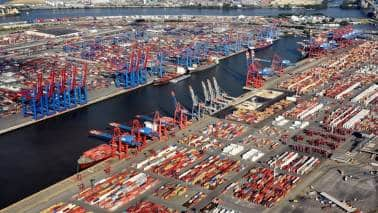
BUSINESS
Will Budget 2024 address costs of de-globalisation like supply chain inefficiencies and sticky inflation?
De-globalisation leads to supply chain inefficiencies and in turn makes inflation sticky. Tackling that calls for a well-coordinated fiscal, monetary, and trade policy response. Budget 2024 provides an opportune moment to put this into practice
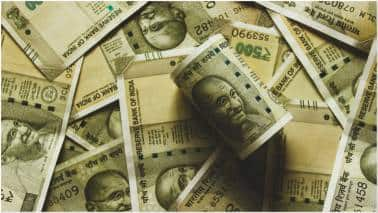
BUSINESS
Weakening rupee is a much-needed shot in the arm for Indian exports
A weak currency does not necessarily mean a weaker economy. In fact, a weak rupee supported by good quality products, can actually boost exports despite global slowdown and attract investments into India

BUSINESS
What drives the Indian stock market – fundamentals or policy?
The Indian stock market and its movement is impacted by a variety of factors, both global and domestic. The general assumption that the stock market depends upon GDP growth stemming from economic growth doesn’t hold true in India

BUSINESS
Indian merchandise exports need to prepare for EU’s carbon tax challenge
Indian companies can take a few proactive measures to prepare themselves for tougher emission control norms being imposed in their key export markets such as the EU or UK

BUSINESS
India’s FTAs have flaws. But they can be tapped smartly
Instead of zealously protecting its import tariff walls, India should use this as a bargaining chip to get its trade partners to remove their non-tariff barriers that have been hampering India’s exports, especially those to developed countries

BUSINESS
India must use trade remedial measures cautiously
Trade remedial measures should be applied only when a competing domestic supplier is really threatened or closure looks imminent. Merely because WTO allows the use of TRMs doesn’t mean we must use them

BUSINESS
Geopolitics, trade protectionism complicate India’s inflation war
De-globalisation and preference for supply chain security over its efficiency - which often ends up as trade protectionism - may have some benefits for local manufacturers. However, one major downside is its contribution to inflation, which can’t easily be wished away

BUSINESS
How media can use GAI and ChatGPT to its advantage
If effectively used, GAI or its tools such as ChatGPT can help address the content problem of the media industry with respect to cost, quality and speed. It can also help in improving user engagement by curating customised content

BUSINESS
Lighten the burden of indirect tax for the poorer Indian households
However, reducing GST rates for commodities used by the poor to lower their tax burden and/or raising rates on items consumed by affluent households will increase the relative gap between the lowest and highest rates. That will induce misinvoicing and aid corruption









